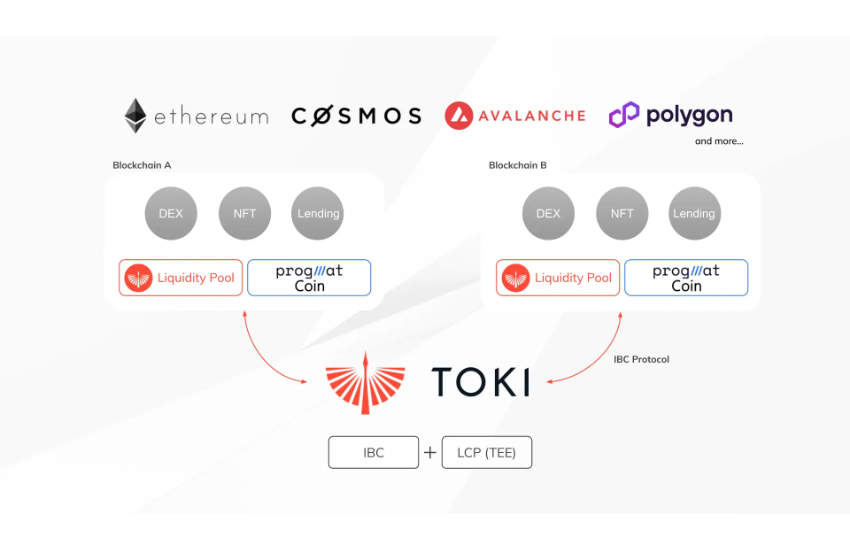Embedded economy: the next generation opportunity
The modern e-commerce landscape has rapidly evolved to offer consumers faster, easier and more secure payment methods. Instead of cumbersome bank transfers and checks, consumers can now make seamless transactions directly from merchants’ apps or websites.
Bolstered by growing demand for more frictionless payments, embedded finance has grown dramatically. According to McKinsey, the industry grew to a US$20 billion market in the US alone by 2021 and is expected to triple over the next 3-5 years before becoming a US$7 billion industry globally in the next decade.
Disruptive pioneers in embedded finance
One of the most common uses for embedded finance is integrated payments, which streamline labor-intensive redirections between banking systems, but allow transactions to be processed simultaneously by agreement.
This has built a mutually beneficial scenario. On the one hand, consumers can now pay with digital wallets or other in-app gateways with just a single click. In some cases, they do not even need to participate in the payment process, but are automatically charged afterwards via Buy Now, Pay Later (BNPL). Either way, it can save a lot of time and effort. On the other hand, businesses can generate revenue opportunities and brand loyalty – something we’ve seen in ride-sharing, food delivery and broader e-commerce industries.
Expansion into broader services will be key to the proliferation of embedded finance in the coming years. Embedded banking, where savings accounts can be opened by non-financial institutions, and embedded lending, which allows a consumer to split an online purchase into instalments, are just two examples.
Control for the next page
The application of embedded finance will increase in parallel with the progress of global e-commerce markets. According to Statista, the sales figure of e-retailers exceeded USD 5.2 billion globally in 2021 and is expected to continue to increase in the coming years.
As a result of this growth, we will see more productive collaboration between established banks and new fintech participants, the former with established credit and infrastructure, while the latter can unlock various applications, increase the flexibility of payment and receipt (such as Nucleus365).
Elsewhere, as the cost-of-living crisis – along with high inflation rates – causes more and more consumers to reassess their finances, built-in solutions will prove crucial as they provide more viable options. Legacy financial institutions are adapting to this change, working with companies that use embedded financial technologies and helping to create more tailored financial solutions.
Businesses ranging from retailers and travel to software companies are also working to tailor their payment services for increased accessibility. As a result, embedded finance will be tightly woven into multiple industries, recognizing e-commerce as the driver of business growth and revenue streams.
Moreover, the e-commerce sector is flourishing in emerging markets, where business growth is facilitated and customer bases expand, generating greater opportunities for embedded financial technology. Significant cross-border payment infrastructures are under construction, which will significantly reshape the deployment of real-time API functionality and create a more user-friendly foundation for embedded financial services.
Nevertheless, explicit ambitions for embedded finance will undoubtedly catch the attention of regulators. The risk management for faster and easier payments will be a barometer for global implementation rates. With consumer awareness of payment risk increasing due to an increase in fraud, financial flexibility can only be realized globally if the risk is appropriately and effectively managed. As such, efforts will not only be made to improve the user experience, but for a more risk-controlled, regulatory compliant way.
The payment industry: a possible intermediary
To ensure sustainable growth, measures should be taken to optimize day-to-day financial practices, where the transaction process remains at the core. As embedded finance expands across industries and regions, there is an increased need for more compatible payment options that can accommodate multiple currencies. This is the gap payment companies that Nucleus365 can fill.
Embedded Finance can also utilize payment gateways as a new intermediary between business customers and established financial institutions. They can prove to be economical and efficient by relieving businesses of researching regulations and dealing with paperwork with appropriate experience, systems and due diligence.
Facilitated by technology and policy enablers such as open banking, payments companies can also collect critical customer information to deploy personalized products for their corporate partners, improve customer experience and accurately serve unmet needs.
Against the current volatile economic backdrop, embedded finance could be the hub for more innovative disruptors. Both financial institutions and companies from all sectors still have time to grab a piece of this dynamic industry.
About the Author: Sophie Flynn is CFO of Nucleus365, a fintech platform that connects banking, currency and global payments through a single interface.


